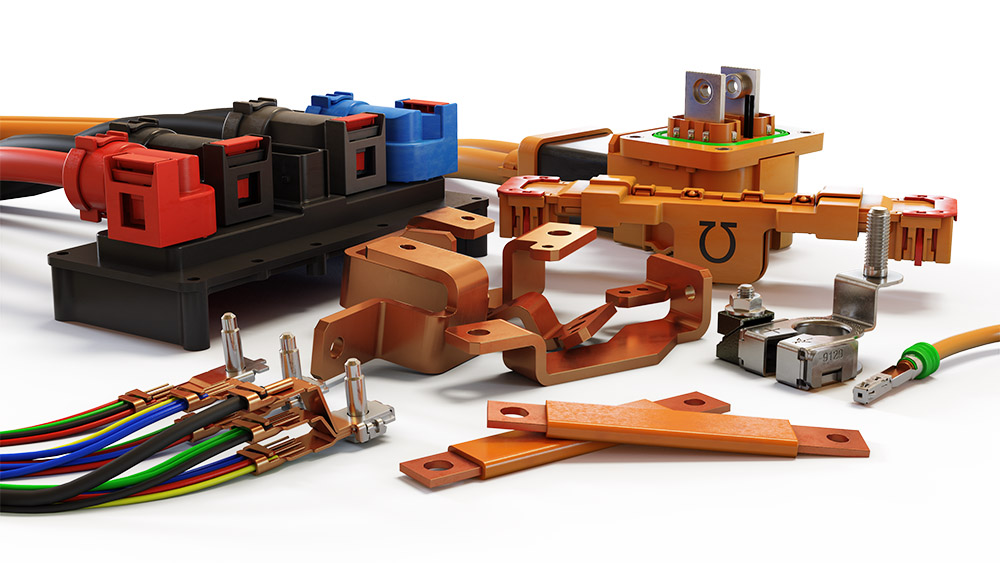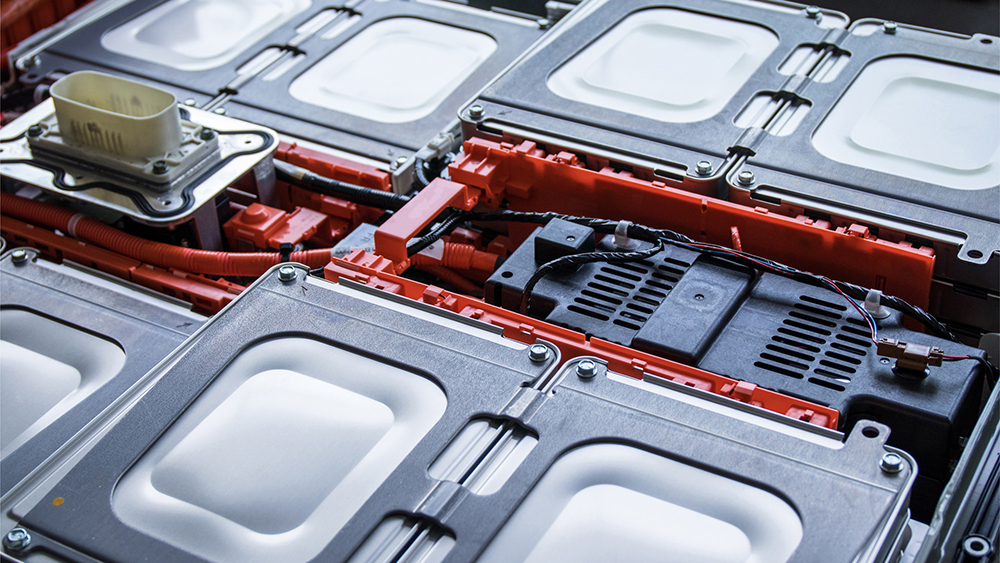[ad_1]
Is a new standards war—or rather, a chemistries war—developing? There are several important differences between the NMC and LFP battery chemistries, but the most salient points seem to be that batteries based on NMC (nickel, manganese, cobalt) offer higher energy density, but those based on LFP (lithium iron phosphate) tend to be cheaper.
Chinese automakers have made extensive use of LFP for some time, but the Americans and Europeans have favored NMC in their desire to offer superior range and performance. Lately however, LFP’s star has been rising—in 2021, Tesla began using LFP cells in some of its lower-priced models. VW, Ford and Stellantis have also announced plans to use LFP in lower-cost EVs.
Russia’s invasion of Ukraine has highlighted another reason for Western automakers to shift to LFP—the required raw materials are readily available closer to home (much of the world’s nickel comes from Russia, and cobalt also has well-publicized supply chain issues).
Chinese news source Gasgoo reports (via CleanTechnica) that Gotion High Tech plans to start production of an LFP cell with specific energy of 230 Wh/kg by the end of this year—that would be within range of current NMC cells, which reach 250 to 270 Wh/kg). “At that moment, ternary lithium batteries will be replaced by LFP ones on a larger scale in Gotion,” said Gotion CEO Li Zhen.
Meanwhile, PushEVs reports that Chinese battery maker SVolt expects to reach the 230 Wh/kg level next year. PushEVs’ Pedro Lima is among those who believe that NCM will become a niche technology, used in vehicles that require high energy density, such as luxury sport cars, while the cobalt-free chemistries NMx (LNMO) and LFP (LiFePO4) will move into the mainstream.
Source: CleanTechnica
[ad_2]
Source link




